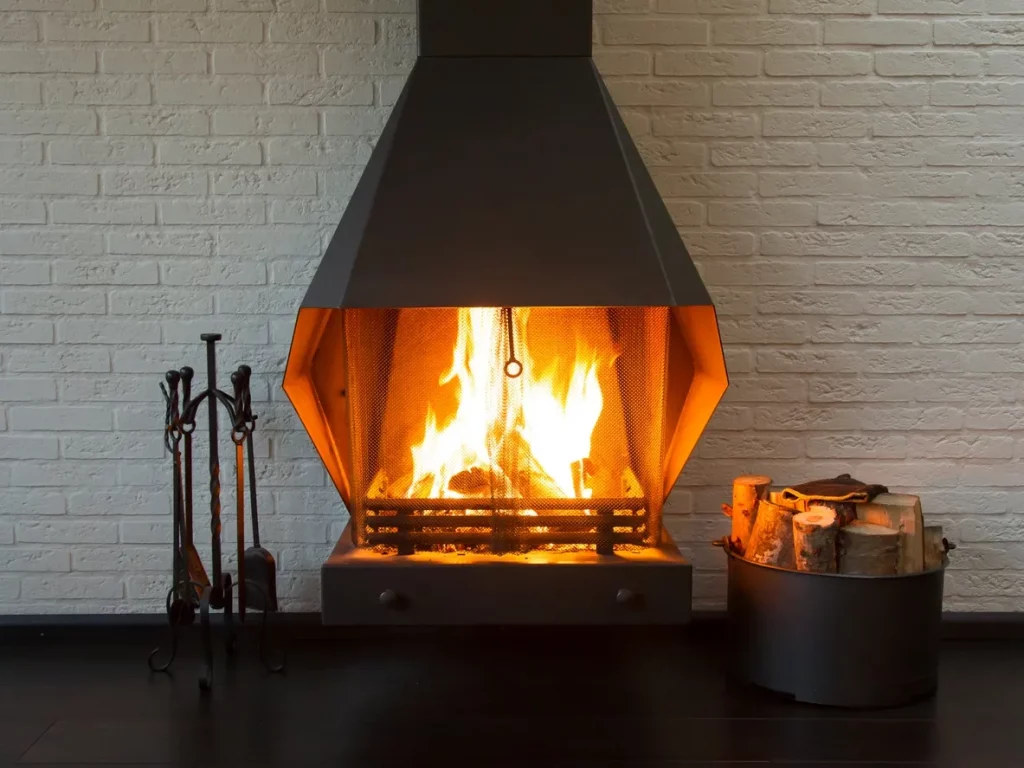Published on 29 March 2022
Posted in Wood materials
Newly harvested or green wood has a moisture content far too high to be used for firewood, often up to 50%. The process of lowering this moisture percentage is known as seasoning. Logs used for burning want to be below 20% moisture.

Dry, seasoned logs burn more easily, at a higher temperature and more cleanly. This means you can use fewer logs for the same heat output and will not produce harmful residue which not only is bad for the environment but can make a mess of your stove and chimney or flue.
Seasoned logs can be produced by storing processed firewood in a covered, but well-ventilated area for 12-18 months to allow the moisture within the log to evaporate off the wood. Kilns can be used to speed up the process, essentially placing the logs in large ovens for several hours or days to artificially dry out the log. The problem with using a kiln is the need for a further fuel source to generate the required heat and airflow, reducing the sustainability of kiln-dried logs. All our firewood is barn dried, we take the time to make sure the logs are fully seasoned sustainably.
Properly seasoned logs will be visually different to the greenwood. The firewood will be brown in colour and have cracked ends. Loose bark and a hollow noise when logs are knocked together is also a good sign of dry wood.
We cycle our stock through our yard to make sure it’s felled for a minimum of 18 months before being delivered to you, ensuring your logs are always seasoned and ready to burn.
© 2025 The Log Dog - All rights reserved
Web Design and Marketing by Loop Digital